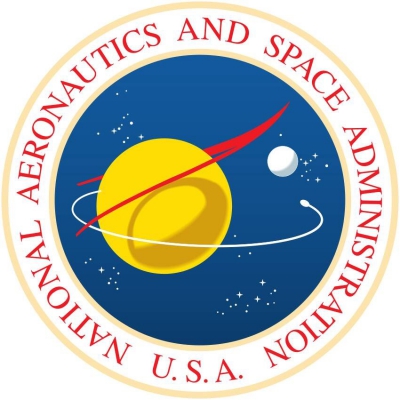Near Earth Asteroid Rendezvous Shoemaker (NEAR Shoemaker), renamed after its 1996 launch in honor of planetary scientist Eugene Shoemaker, was a robotic space probe designed by the Johns Hopkins University Applied Physics Laboratory for NASA to study the near-Earth asteroid Eros from close orbit over a period of a year. It was the first spacecraft to successfully orbit an asteroid and also land on an asteroid. In February 2000, the mission succeeded in closing in with the asteroid and afterwards orbited it several times. On February 12, 2001, the mission succeeded in touching down on the asteroid. It was terminated just over two weeks later.The primary scientific objective of NEAR was to return data on the bulk properties, composition, mineralogy, morphology, internal mass distribution and magnetic field of Eros. Secondary objectives include studies of regolith properties, interactions with the solar wind, possible current activity as indicated by dust or gas, and the asteroid spin state. This data will be used to help understand the characteristics of asteroids in general, their relationship to meteoroids and comets, and the conditions in the early Solar System. To accomplish these goals, the spacecraft was equipped with an X-ray/gamma-ray spectrometer, a near-infrared imaging spectrograph, a multi-spectral camera fitted with a CCD imaging detector, a laser rangefinder, and a magnetometer. A radio science experiment was also performed using the NEAR tracking system to estimate the gravity field of the asteroid. The total mass of the instruments was 56 kg (123 lb), requiring 80 watts of power.
The National Aeronautics and Space Administration (NASA ) is an independent agency of the U.S. federal government responsible for the civilian space program, as well as aeronautics and space research.NASA was established in 1958, succeeding the National Advisory Committee for Aeronautics (NACA). The new agency was to have a distinctly civilian orientation, encouraging peaceful applications in space science. Since its establishment, most US space exploration efforts have been led by NASA, including the Apollo Moon landing missions, the Skylab space station, and later the Space Shuttle. NASA is supporting the International Space Station and is overseeing the development of the Orion spacecraft, the Space Launch System, Commercial Crew vehicles, and the planned Lunar Gateway space station. The agency is also responsible for the Launch Services Program, which provides oversight of launch operations and countdown management for uncrewed NASA launches.
NASA's science is focused on better understanding Earth through the Earth Observing System; advancing heliophysics through the efforts of the Science Mission Directorate's Heliophysics Research Program; exploring bodies throughout the Solar System with advanced robotic spacecraft such as New Horizons; and researching astrophysics topics, such as the Big Bang, through the Great Observatories and associated programs.

1996Feb, 17
NASA's Discovery Program begins as the NEAR Shoemaker spacecraft lifts off on the first mission ever to orbit and land on an asteroid, 433 Eros.
Choose Another Date
Events on 1996
- 10Feb
Garry Kasparov
IBM supercomputer Deep Blue defeats Garry Kasparov in chess for the first time. - 13May
Bangladesh
Severe thunderstorms and a tornado in Bangladesh kill 600 people. - 10Jun
Sinn Féin
Peace talks begin in Northern Ireland without the participation of Sinn Féin. - 4Sep
Revolutionary Armed Forces of Colombia
War on Drugs: Revolutionary Armed Forces of Colombia (FARC) attack a military base in Guaviare, starting three weeks of guerrilla warfare in which at least 130 Colombians are killed. - 25Nov
Florida
An ice storm strikes the central U.S., killing 26 people. A powerful windstorm affects Florida and winds gust over 90 mph, toppling trees and flipping trailers.

 English
English  español
español  français
français  português
português  русский
русский  العربية
العربية  简体中文
简体中文 